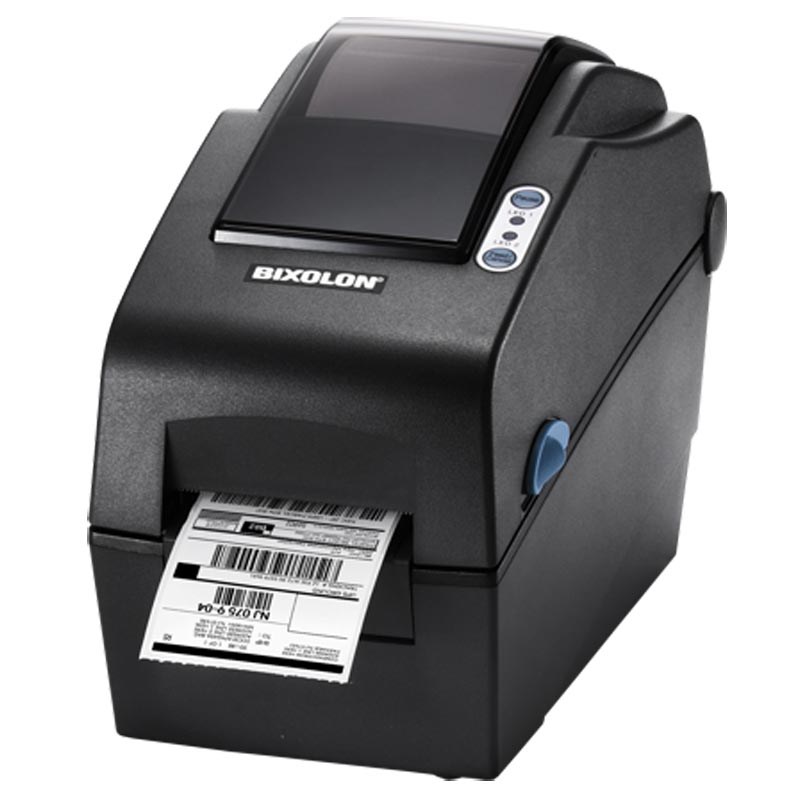

- #Smart label creator driver serial#
- #Smart label creator driver driver#
- #Smart label creator driver software#
Only one driver may be active at a time and the other driver(s) must be tri-stated. The driver is in a tri-state or high impedance condition when this occurs. RS-485 requires a tri-state driver (not dual-state) that will allow the electrical presence of the driver to be removed from the line. RS-485 is ideal for multi-drop or network environments. Setting the adapter in this configuration when it is not accompanied by a pull-down resistor will prevent the ports from triggering an interrupt. Set the jumper to ‘S’ if you are using more than one Ultra-SIO in a bus or to completely remove the pulldown resistor for hardware compatibility. If you are using more than one Ultra-SIO or a compatible adapter in a bus you should only have one port set to ‘M.’ The following example shows both ports sharing a single IRQ. Set that port block for ‘M.’ This provides the pull-down resistor circuit that makes sharing IRQs possible. Set the jumpers to ‘S’ for shared interrupt mode on all blocks sharing an IRQ except one. ‘M’ indicates the inclusion of a 1K ohm pull-down resistor required on one port when sharing interrupts.

If no interrupt is desired, remove the jumper.
#Smart label creator driver software#
Consult your particular software for IRQ selection. Any two or more ports can share a common IRQ by placing the jumpers on the same IRQ setting and setting the appropriate selections at E1. ‘S’ Indicates the (S)hared interrupt mode, which allows more than one port to access a single IRQ. ‘N’ indicates the (N)ormal, single interrupt per port mode. Each port must be set in the correct mode to insure proper operation. Header E5 and E6 selects the interrupt mode for each port. Windows does not supply a polling type driver. Note that a polling type driver is needed to share interrupts in this fashion. Check your software configuration instructions to determine the most appropriate IRQ selection.įigure 2 – Header E11 and E12, IRQ SelectionĪny two or more ports can share a common IRQ by placing the jumpers on the same IRQ setting at header E11 and E12 and setting the appropriate selections at E5 and E6. While this is the default, it is not always the preferred setting. This requires the sharing of interrupts between COM1: and COM3:, and between COM2: and COM4. Most communications software applications default COM3: to IRQ4 and COM4: to IRQ3. If COM2: is selected, the corresponding jumper must be on IRQ3. If COM1: is selected, the corresponding jumper must be on the IRQ4 setting.
#Smart label creator driver serial#
Headers E11 and E12 select the interrupt request for each serial port. If any port is disabled, be sure to disable the interrupt request for that port by removing the IRQ jumper. The port is enabled with the switch ‘On’ and disabled when ‘Off’. Refer to Appendix A for common address contentions.Įach port on the Ultra-SIO can be enabled or disabled with switch position 4 on the DIP switch.


 0 kommentar(er)
0 kommentar(er)
